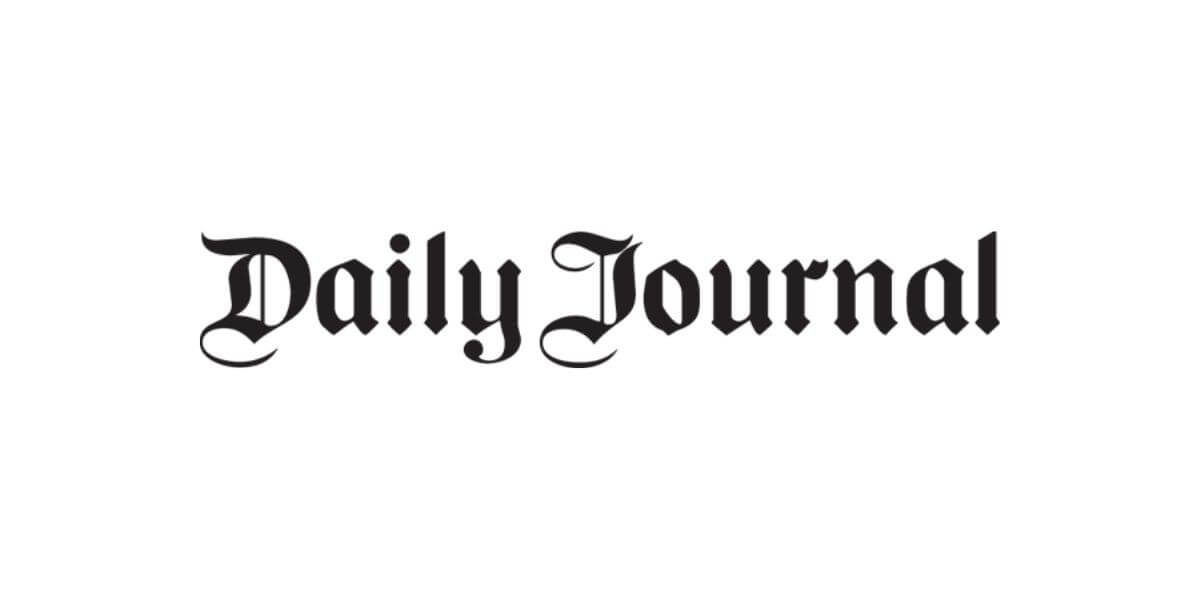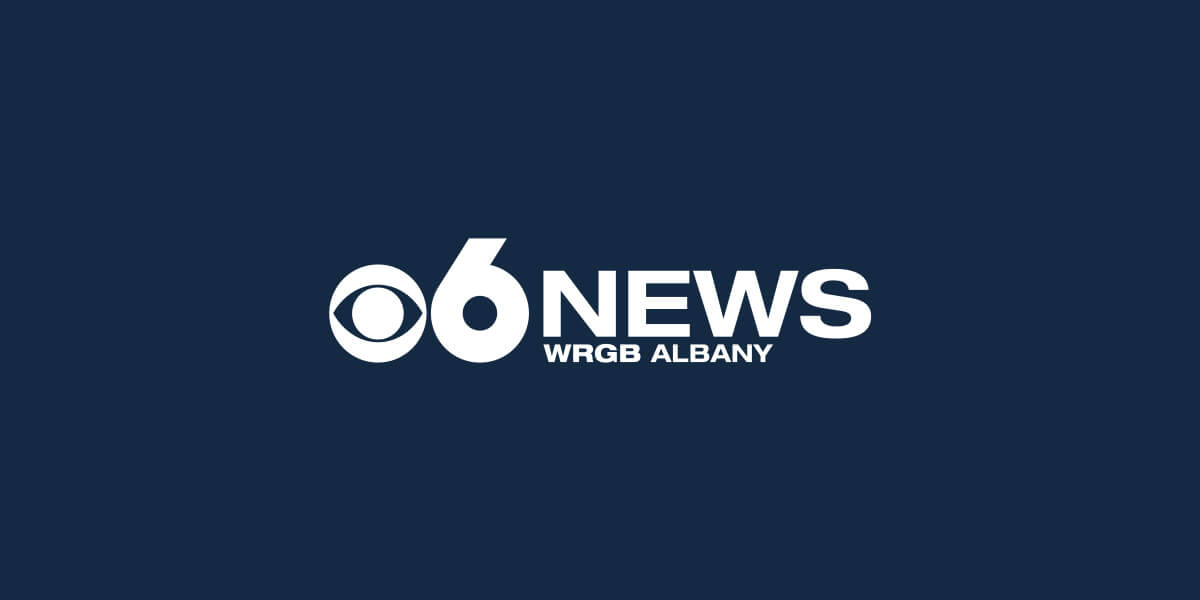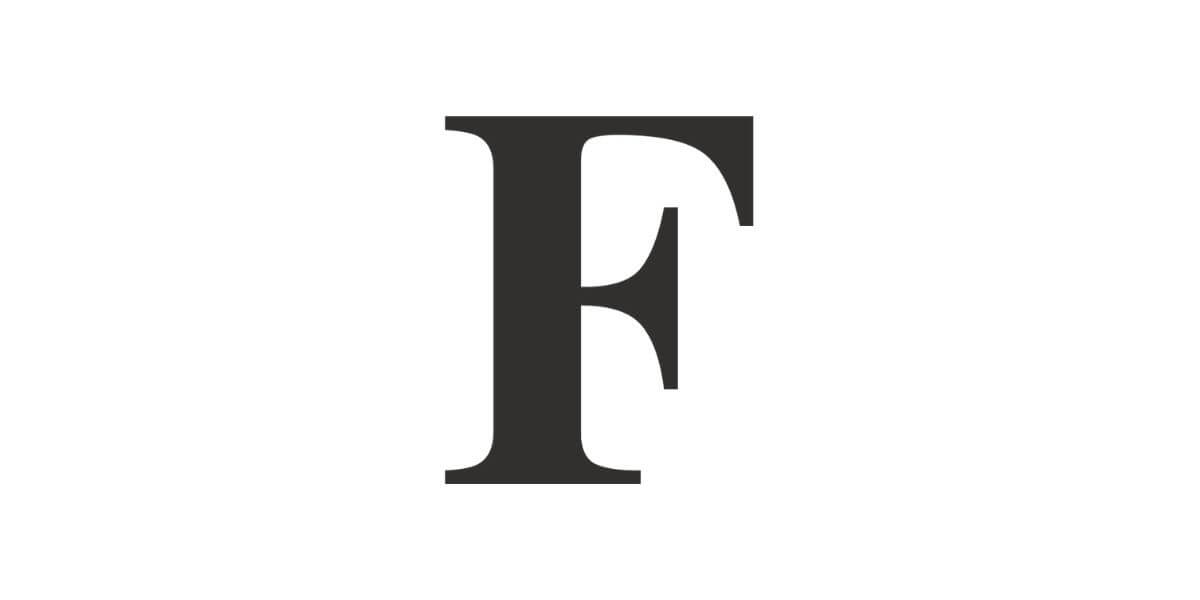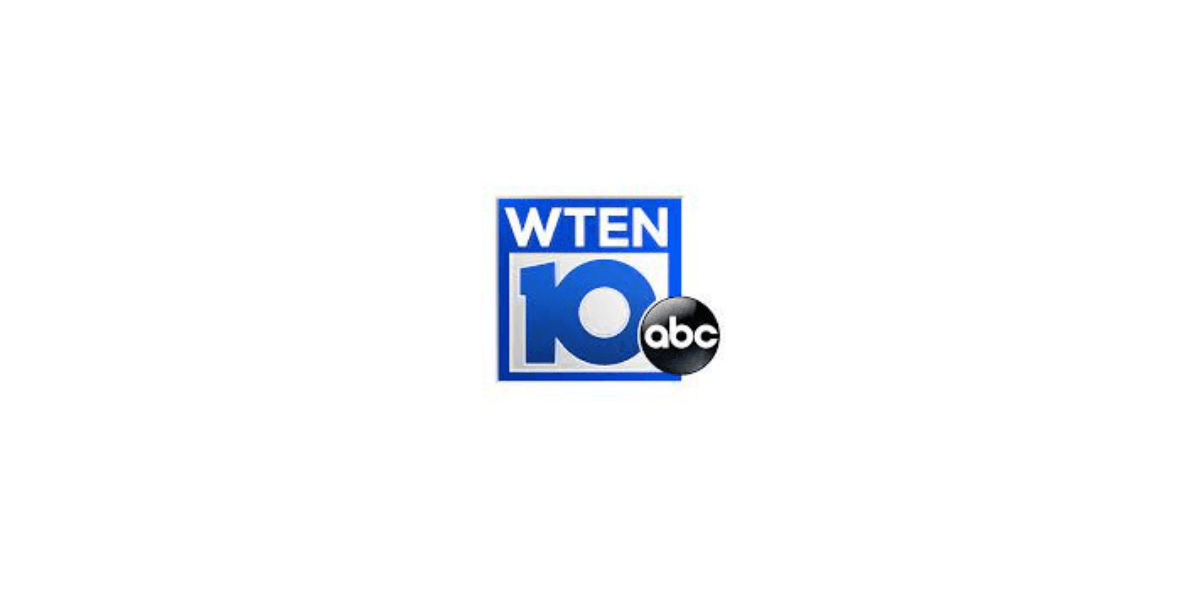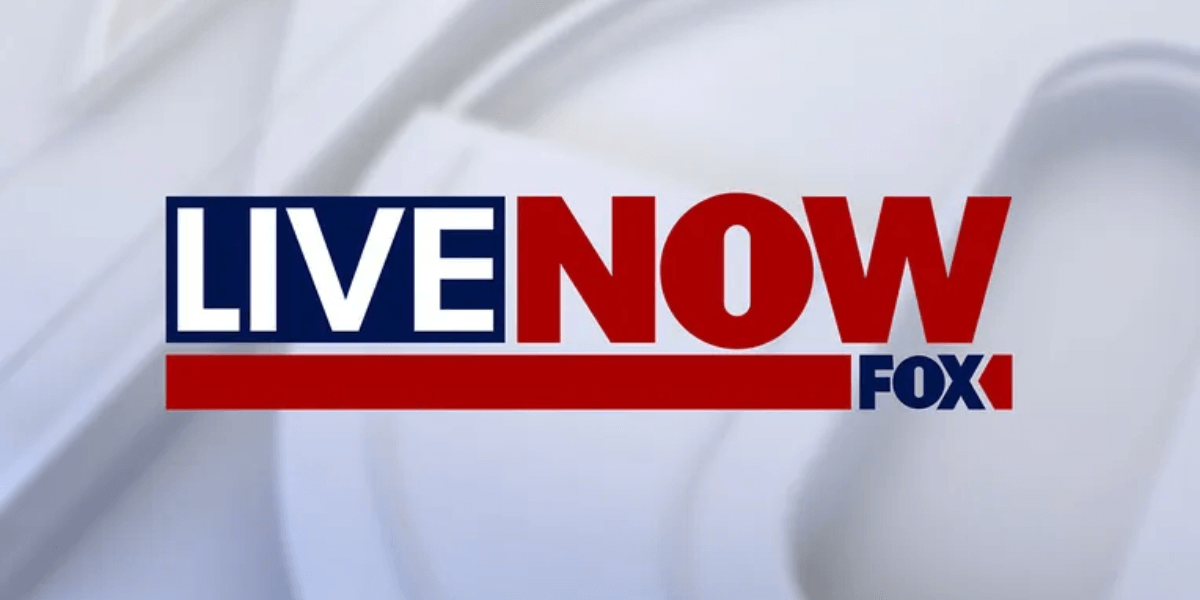When the UCLA Bruins thumped the Houston Cougars by 32 points en route to their NCAA championship, Californians rejoiced. This week, the entire nation applauded an even bigger blowout victory when the Supreme Court handed the NCAA a crushing 9-0 defeat. The worst part of the unanimous decision might be that the NCAA actually asked SCOTUS to review this case after losing before the Ninth Circuit. Can you imagine the hubris in that decision? It would be a bit like the skeezy weekend warriors at your YMCA challenging Golden State’s starting five to a pick-up game at the Chase Center, and then having the nerve to ask for a rematch.
The Supreme Court’s decision allows only for modest education-related remuneration for student-athletes. It does not permit students to collect game checks, nor does it allow them endorsement deals (some states, like Alabama, have already allowed for that, beginning July 1). This decision does not mean that you will see Bruins riding in Bentleys this Fall, nor will Stanford’s starting QB sport a Tesla Model 3 to practice paid by his signing bonus.
But it is a resounding legal victory for students whose unpaid labor built a multi-billion dollar business. The ability to pay students for education-related expenses (which could yet receive an updated and narrowed definition from the NCAA’s Board of Governors) could be huge. Student-athletes education-related expenses may include scholarships for vocational schools, payments for academic tutoring, or paid post-eligibility internships. Considering that the vast majority of student-athletes will not turn pro, the ability to earn and learn in vocational programs or internships will serve them well in the marketplace following graduation (pennies in expenses for each colleges’ dollar received for its broadcast rights in football and basketball).
If you haven’t yet, I highly recommend reading the opinion, which begins by breaking down how we arrived at this sad state of affairs for student-athletes. Several Ivy League colleges conceived of the predecessor to the NCAA over a century ago as a means to protect student-athletes from the violent sport of football and to safeguard the sanctity of all sports by ensuring that ringers (i.e. paid professionals posing as students) didn’t make a mockery of games.
From its somewhat noble inception, the NCAA has sought to cultivate rules that ensure safer play (I’ve memorized them annually as an NCAA Division III football official), sanctioned multiple programs that allowed students to cheat their way to a passing GPA, started a Student Assistance Fund for its athletes in need, and protected kids from aggressive recruiters that made unrealistic promises to impressionable young high school athletes and their families. But for the limited good that it has done, it has wreaked havoc on athletes and college administrators alike with an untenable set of picayune rules that resulted in starving athletes. The NCAA built a business that perversely rewards itself and those at the top at the expense of the student-athletes it claims to serve.
The opinion notes that NCAA coaches average $11 million per year and the president of the NCAA takes home $4 million annually. One such individual, Nick Saban, head football coach at the University of Alabama, is among the highest paid public servants in the country, earning more than $9 million per year, the highest salary of any public servant in his state, and far outpacing the meager $400,000 President Biden will take home this year. Alabama’s athletics program (driven largely by football) generated just over $164 million in revenues in 2019 alone, and that makes it only the 7th richest program in the nation in 2019.
Among the top programs, an arms race of sorts has broken out to develop the nicest training facilities (and travel accommodations and other perks) for its athletes, coaches, and trainers. But little has changed for student-athletes who remain unpaid despite now having nicer training facilities in which they toil to make more money for their respective schools. This is a bit like interning for a tech company with an ocean-side view and fully stocked kitchenette that you can only use for lunch. Sure, you are gaining valuable skills, and that’s a meaningful benefit, but it doesn’t pay your $1,500 rent, and the free lunch doesn’t make your ramen noodle dinner taste any better.
If Alabama reduced Coach Saban’s salary, or just had a slightly less gaudy weight room, it could pay for all of the modest payments the SCOTUS opinion now permits for vocational programs or internships for its football team. As SCOTUS recognized, the problems of whether and how much to pay student-athletes isn’t new. What is new, however, is that the NCAA has grown over the course of the past four decades into a multi-billion dollar business while its students-athletes struggle financially.
The NCAA’s leadership (and its defenders) now groan about the many slippery slopes SCOTUS sets the stage for: Won’t larger schools with more money have a competitive edge now in recruiting? Will this result in increased costs for these programs who will no longer subsidize other sports? And so on.
Well, the competition between schools in recruiting has been going on for a while. This led to preposterous amounts of money spent on lavish sports facilities rather than directly benefitting athletes. Many Division I football or basketball programs have already stopped subsidizing other sports. The current system was not working and systemic change came (this time) through litigation. If there are far-ranging consequences of this decision, it was not the fault of the student-athletes. It was the fault of the NCAA’s decades of hording resources and responding to the legitimate concerns of unpaid labor with persnickety rules designed primarily to keep itself in power. Perhaps now the NCAA will take systemic change seriously and partner with its student-athletes rather than take them to federal court. Perhaps it will read the tea leaves in Justice Kavanaugh’s concurring opinion and join its student-athletes on Capitol Hill petitioning Congress for change.
The Supreme Court’s decision applied the “rule of reason” (a term of art in federal antitrust law) to find that the NCAA held a monopsony over the marketplace for student-athletes, i.e. that the NCAA is the only organization “buying” the student-athlete’s services to shoot a deep three or kick a field goal and thus has a monopoly over their labor. As SCOTUS rightfully recognized, we would not tolerate that sort of unpaid labor arrangement in any other marketplace. The decision does not require colleges to pay athletes, but it is a meaningful step toward ending collegiate sports’ exemption from standard labor practices.
The Supreme Court used fancy words to simply do the right thing—it applied common sense to stop the NCAA’s deeply anti-competitive and harmful conduct. As Justice Kavanaugh noted, the NCAA, like any President, is “not above the law.” If the NCAA doesn’t change with the times, it will find itself permanently sidelined, riding pine just as any player suffering this sort of embarrassing blowout loss should.
